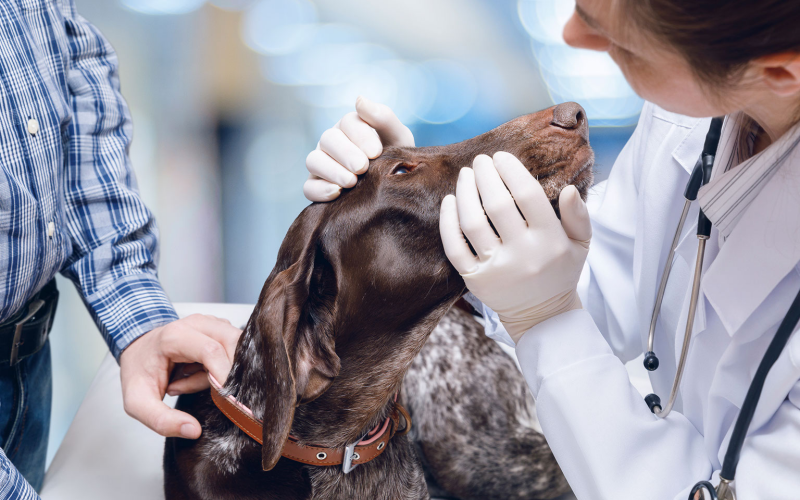Value of a Biopsy Report

Why is a biopsy report important?
Many a veterinarian has said that if a mass is worth taking off, then it is worth sending it to the pathologist for a definitive diagnosis. A biopsy report is written by a board-certified veterinary pathology specialist who looks at the tissues under a microscope and describes the changes observed. The report is then used by your veterinarian to formulate a treatment plan for your pet. which may involve surgery and medical treatment.
How are biopsies performed?
Your veterinarian may perform the biopsy under general anesthesia or with sedation and a local block. Biopsies may be incisional, where a portion of the mass is removed for examination, or excisional where the entire mass is removed. The decision on whether to biopsy part or whole of a mass depends on its location, ease of removal, and if other nearby structures may be involved.
What does the pathologist look for?
- Cancer cells may have a high mitotic index, which means that the cells are rapidly dividing. This can be a sign of how aggressive the mass is and its potential to grow or spread to other parts of the body (metastasis).
- Cells evaluated from some masses will still appear similar to the tissues from which they originated. Others may be difficult to identify and characterize (also referred to as being anaplastic).
- The pathologist will describe the mass as either likely to continue growing and invade other tissues (malignant) or unlikely to cause further problems after removal (benign).
- If the cancer cells extend past the margins (edges) of the submitted tissue, then not all of it was removed. Benign masses generally resolve with complete removal. Malignant masses may recur if surgical margins are incomplete. Your veterinarian uses information about margins to help determine if any additional recommendations should be made .
The biopsy report helps to learn the 'big picture' of your pet’s health.
A biopsy report finding normal tissue may be frustrating for trying to achieve a diagnosis, but it usually rules out a serious problem if the tissue submitted is a representative sample. Biopsy can always be repeated if the mass changes over time. A favorable biopsy report can provide great peace of mind for your pet’s future wellbeing.
Like all diagnostic tests, biopsies and pathologic examinations are important tools to assess your pet’s health. Removal of suspicious masses is recommended, and the additional knowledge gained from the biopsy report gives you the most information to decide treatment options. Your veterinarian who has examined your pet is always your best source of medical advice.
Articles by Specialty
- Cardiology (18)
- Large Animal Internal Medicine (23)
- Neurology (16)
- Oncology (20)
- Small Animal Internal Medicine (25)
Articles by Animal
- Cats (35)
- Dogs (47)
- Farm Animals (5)
- Horses (12)
